News
Horror Pride Month: Attack of the Queerwolf Podcast

Last Summer, Blumhouse announced a brand new podcast. It was called Attack of the Queerwolf, and its purpose was to take a look at the horror genre through the queer lens.
In honor of Pride Month, I sat down with hosts Nay Bever and Michael Kennedy as well as concept producer Brennan Klein to talk about the show’s inception, and how it has evolved since its debut last August.
“I was approached by Rebekah McKendry and Ryan Turek from Blumhouse. Not only are they co-hosts on the Shockwaves podcast but they’re also involved in other aspects of the business,” Kennedy explained. “They were talking about an extended network of podcasts and they wanted to do one from a queer perspective. I ran into Rebekah at a horror trivia event that we do and she asked if I would be interested.”
The pieces fell into place rather quickly after that initial conversation. Kennedy explained what he thought would be a good format and also that he wanted to work with Mark Fortin on the project. McKendry and Turek agreed to the proposal right away and the two men went to work brainstorming further.
They decided they needed a third perspective, but they didn’t want someone necessarily from inside the film industry. Kennedy’s boyfriend was doing volunteer work with The Trevor Project at the time, and he knew Nay Bever from their work together.
“They asked me out for coffee and there was an instant chemistry between us, I think,” Bever recalled. “And then they said, ‘Well, we need to meet up with a few other people, and we’ll let you know what we decide.’ They hit me up pretty quick after that.”
“Yeah, we actually didn’t meet with anyone else,” Kennedy added, laughing.
“It was shortly after that when I came into the mix,” Klein said. “I had been an intern and writer at Blumhouse and Rebekah approached me at horror trivia, which is where all the good shit happens, and asked if I would be interested in coming in as a concept producer getting the schedule together and lining up guests and all of those behind the scenes things. Me talking on the show was kind of a lark. We had an extra mic and they asked if I wanted to talk sometimes and I’m like, ‘Hell, yeah, I do!'”
The group recorded a sort of test show/pilot and sent it off to McKendry and Turek who signed off on it right away. With a solid format that hasn’t really changed since day one, the group was ready to get down to the business of talking queer horror.
One of the things I’ve loved about the podcast from it first episode is that there’s very little lip service involved. The hosts celebrate those queer aspects of films, but they’re not afraid to call out problematic representation when it occurs.
“That was something that Nay and Mark and I discussed very early on,” Kennedy said. “We didn’t want to come across as catty or like we were just shitting on everything, but we also didn’t want to give filmmakers and writers a pass just because we were fans. There’s not a lot of direct examples for us to talk about as far as queer horror cinema goes. We can do better and we can have something better and we shouldn’t be afraid to ask for that.”
The show has stuck to this principle from the beginning and while they certainly have a good time recording, there have been some especially raw moments when the hosts have opened up about their own personal experiences. That honesty is infectious, and it’s opened the door for guests on the show to speak more candidly about their own lives and personal experiences with film and society at large.
“Well we only approach people for the show who are comfortably out of the closet,” Brennan pointed out. “And along with all the fun, we’ve had really vulnerable conversations on the show.”
“We’ve had multiple guests tell us they’ve told us things they’ve never talked about publicly before,” Kennedy added.
“I think we early on set the tone that we were going to share parts of ourselves. For me, a huge part of talking about being queer and asking people about their own experiences is being able to open up and share parts of my own story,” Bever said. “From the beginning, we all did that and offered up really personal information about ourselves just because sharing our connection with so many queer folks is just so powerful. I think we’re all aware of how powerful it is to be living out loud.”
What has been, perhaps, most astonishing to them is the response they’ve had from people around the world who have tuned in to the podcast, not only to hear about the films they discuss, but also to vicariously live through these people.
Many of their listeners are in parts of the world where it is still illegal to be queer, and the gravity of what Attack of the Queerwolf has created is not lost on them.
“I’m aware that I live in a cute little bubble in Los Angeles,” Bever said. “Everyone is so open here and it can be really easy to forget that isn’t the case for the rest of the world. I think it’s really important that we be as authentic as possible on the show for exactly that reason.”
“We all bear an identity that’s been politicized,” Klein said. “You can’t really talk about queer subjects without being aware of the harsher realities of the world we live in. I think we straddle that line a lot on the show. We talk about the harder subjects but also about the way we live our lives openly. I think that in itself can be a bit of comfort to some people.”
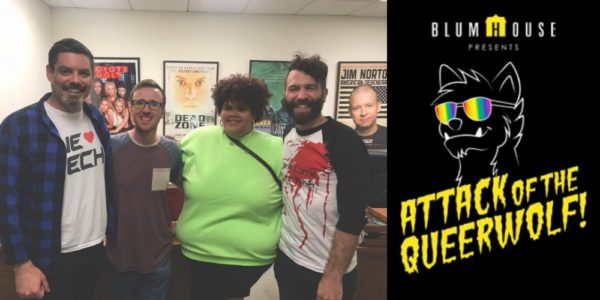
Michael, Brennan, Nay and Sam Wineman after a recent recording session.
It’s a truth that has come up before in this Horror Pride Month series. Our identity as queer people was politicized by those who make laws against us and use us as scapegoats to draw attention from more important political matters.
We have been the “other” they can point to for generations, now, and that’s why shows like Attack of the Queerwolf and the authenticity of its hosts are important.
“The people who don’t understand are the ones who don’t have to go into every new job they have and come out all over again,” Kennedy said. “We have to come out all over again almost every single day and it’s because these people have politicized our identities.”
“Yeah, I’m like, ‘Congratulations on the government not trying to kill your people,'” Bever added. “There are people trying to pass laws against me and my community as we speak.”
“Right?” Kennedy said. “The Supreme Court is hearing cases about whether it’s okay to discriminate based on sexual orientation right now.”
“And my resume is so gay!” Bever laughed. “Everywhere I’ve worked has had ‘gay’ in the title.”
“But that’s why it’s so important connecting with other queer people,” Klein said. “You need someone else in your corner with you.”
That feeling of having someone in your corner comes through very organically while listening to the podcast, and while it might sound decidedly serious, rest assured there are a lot of laughs to be had, especially when they dig into some of the particularly campy horror classics of the previous decades.
“I’ve loved some of the trashier films we’ve discussed,” Kennedy said. “The Fan might be my favorite just for the sheer camp factor. The thing I dreaded was doing Nightmare [on Elm Street] 2 because I think it’s just expected, but I also think we came up with a really fresh way of discussing it.”
They definitely brought new perspectives to that discussion, and have brought those same sensibilities while discussing The Hunger with Don Mancini and The Rage: Carrie 2 with their current guest host, Sam Wineman.
The podcast is, at its heart, for every horror fan regardless of how they identify, and it’s an excellent educational tool for the straight audience who wants to take a peek at the queer horror experience.
As Kennedy pointed out in the beginning of the interview, when you’re talking about queer horror cinema, we have very few direct examples to draw from, yet so many of us love the genre. For a multitude of reasons we spend hours watching and absorbing these films, looking for those things, sometimes which only amount to crumbs, with which we can identify.
More often than not we find them.
In 2019, we are still on the edges, but we are moving inward, and we make headway because of the tireless work that members of our community put into that movement.
Members like Michael, Mark, Nay, Brennan, Sam, Don, and so many others who have staked out our place in the genre we love and are welcoming the rest of us to join them.
Attack of the Queerwolf releases a new episode each week. Look for them wherever you listen to your favorite podcasts. You can also follow them on their official Instagram page for pics from their recording sessions and so much more!
'Civil War' Review: Is It Worth Watching?
Follow our new YouTube channel "Mysteries and Movies" here.

Lists
Thrills and Chills: Ranking ‘Radio Silence’ Films from Bloody Brilliant to Just Bloody
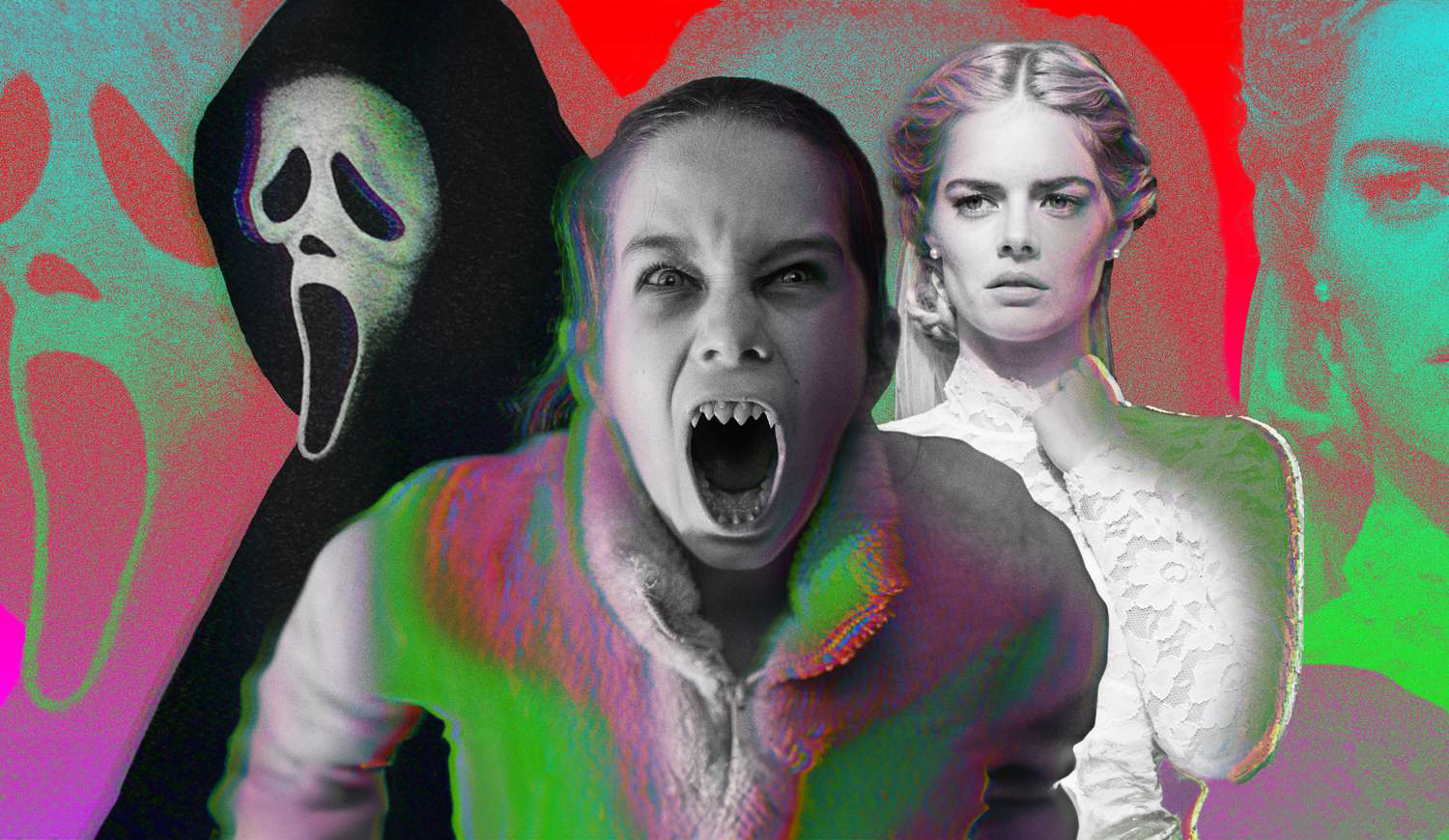
Matt Bettinelli-Olpin, Tyler Gillett, and Chad Villella are all filmmakers under the collective label called Radio Silence. Bettinelli-Olpin and Gillett are the primary directors under that moniker while Villella produces.
They have gained popularity over the past 13 years and their films have become known as having a certain Radio Silence “signature.” They are bloody, usually contain monsters, and have breakneck action sequences. Their recent film Abigail exemplifies that signature and is perhaps their best film yet. They are currently working on a reboot of John Carpenter’s Escape From New York.
We thought we would go through the list of projects they have directed and rank them from high to low. None of the movies and shorts on this list are bad, they all have their merits. These rankings from top to bottom are just ones we felt showcased their talents the best.
We didn’t include movies they produced but didn’t direct.
#1. Abigail
An update to the second film on this list, Abagail is the natural progression of Radio Silence’s love of lockdown horror. It follows in pretty much the same footsteps of Ready or Not, but manages to go one better — make it about vampires.
#2. Ready or Not
This film put Radio Silence on the map. While not as successful at the box office as some of their other films, Ready or Not proved that the team could step outside their limited anthology space and create a fun, thrilling, and bloody adventure-length film.
#3. Scream (2022)
While Scream will always be a polarizing franchise, this prequel, sequel, reboot — however you want to label it showed just how much Radio Silence knew the source material. It wasn’t lazy or cash-grabby, just a good time with legendary characters we love and new ones who grew on us.
#4 Southbound (The Way Out)
Radio Silence tosses their found footage modus operandi for this anthology film. Responsible for the bookend stories, they create a terrifying world in their segment titled The Way Out, which involves strange floating beings and some sort of time loop. It’s kind of the first time we see their work without a shaky cam. If we were to rank this entire film, it would remain at this position on the list.
#5. V/H/S (10/31/98)
The film that started it all for Radio Silence. Or should we say the segment that started it all. Even though this isn’t feature-length what they managed to do with the time they had was very good. Their chapter was titled 10/31/98, a found-footage short involving a group of friends who crash what they think is a staged exorcism only to learn not to assume things on Halloween night.
#6. Scream VI
Cranking up the action, moving to the big city and letting Ghostface use a shotgun, Scream VI turned the franchise on its head. Like their first one, this film played with canon and managed to win over a lot of fans in its direction, but alienated others for coloring too far outside the lines of Wes Craven’s beloved series. If any sequel was showing how the trope was going stale it was Scream VI, but it managed to squeeze some fresh blood out of this nearly three-decade mainstay.
#7. Devil’s Due
Fairly underrated, this, Radio Silence’s first feature-length film, is a sampler of things they took from V/H/S. It was filmed in an omnipresent found footage style, showcasing a form of possession, and features clueless men. Since this was their first bonafide major studio job it’s a wonderful touchstone to see how far they have come with their storytelling.
'Civil War' Review: Is It Worth Watching?
Follow our new YouTube channel "Mysteries and Movies" here.
News
Perhaps the Scariest, Most Disturbing Series of The Year

You may have never heard of Richard Gadd, but that will probably change after this month. His mini-series Baby Reindeer just hit Netflix and it’s a terrifying deep dive into abuse, addiction, and mental illness. What is even scarier is that it’s based on Gadd’s real-life hardships.
The crux of the story is about a man named Donny Dunn played by Gadd who wants to be a stand-up comedian, but it’s not working out so well thanks to stage fright stemming from his insecurity.
One day at his day job he meets a woman named Martha, played to unhinged perfection by Jessica Gunning, who is instantly charmed by Donny’s kindness and good looks. It doesn’t take long before she nicknames him “Baby Reindeer” and begins to relentlessly stalk him. But that is just the apex of Donny’s problems, he has his own incredibly disturbing issues.
This mini-series should come with a lot of triggers, so just be warned it is not for the faint of heart. The horrors here don’t come from blood and gore, but from physical and mental abuse that go beyond any physiological thriller you may have ever seen.
“It’s very emotionally true, obviously: I was severely stalked and severely abused,” Gadd said to People, explaining why he changed some aspects of the story. “But we wanted it to exist in the sphere of art, as well as protect the people it’s based on.”
The series has gained momentum thanks to positive word-of-mouth, and Gadd is getting used to the notoriety.
“It’s clearly struck a chord,” he told The Guardian. “I really did believe in it, but it’s taken off so quickly that I do feel a bit windswept.”
You can stream Baby Reindeer on Netflix right now.
If you or someone you know has been sexually assaulted, please contact the National Sexual Assault Hotline at 1-800-656-HOPE (4673) or go to rainn.org.
'Civil War' Review: Is It Worth Watching?
Follow our new YouTube channel "Mysteries and Movies" here.
Movies
The Original ‘Beetlejuice’ Sequel Had an Interesting Location
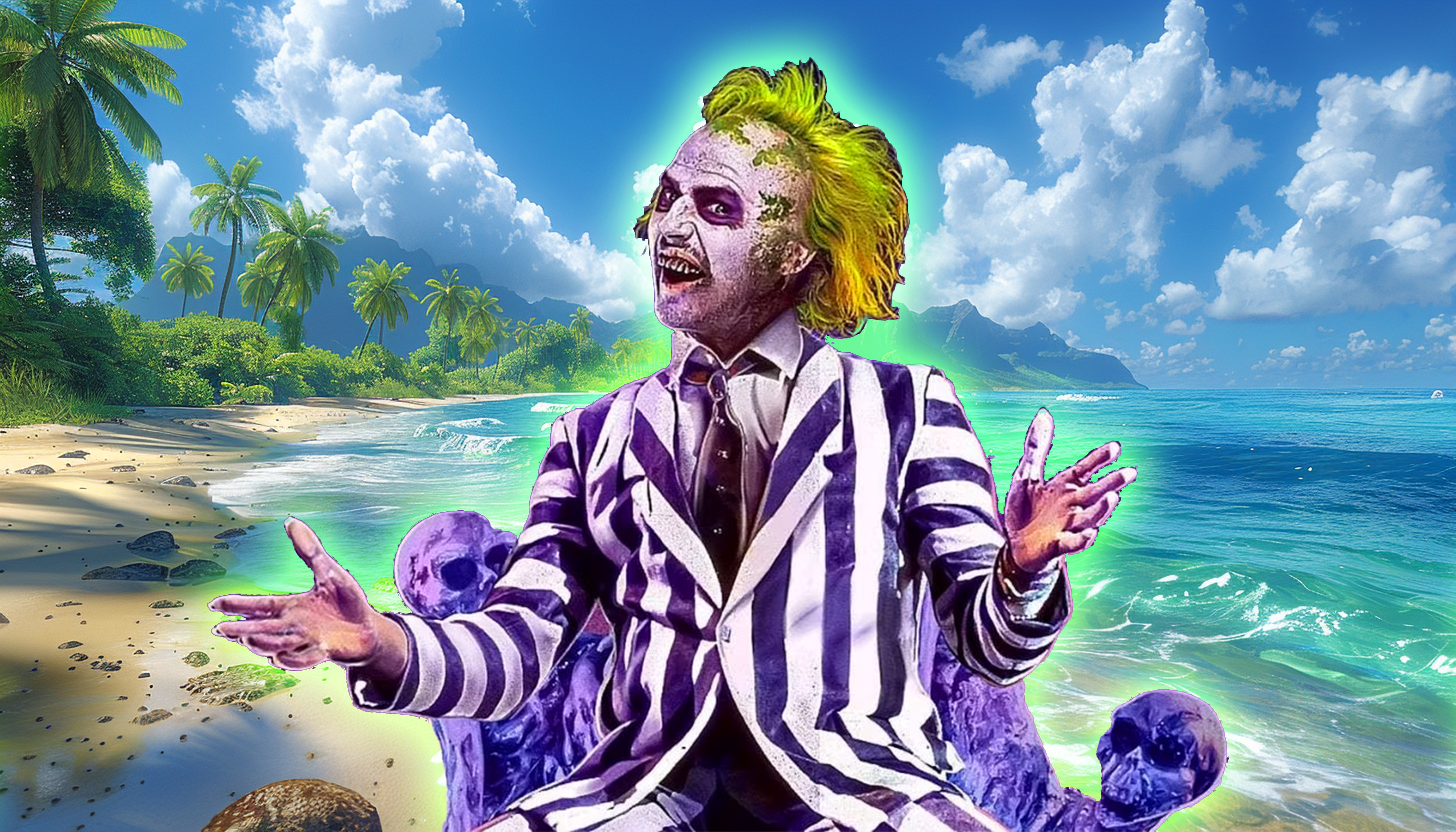
Back in the late ’80s and early ’90s sequels to hit movies weren’t as linear as they are today. It was more like “let’s re-do the situation but in a different location.” Remember Speed 2, or National Lampoon’s European Vacation? Even Aliens, as good as it is, follows a lot of the plot points of the original; people stuck on a ship, an android, a little girl in peril instead of a cat. So it makes sense that one of the most popular supernatural comedies of all time, Beetlejuice would follow the same pattern.
In 1991 Tim Burton was interested in doing a sequel to his 1988 original, it was called Beetlejuice Goes Hawaiian:
“The Deetz family moves to Hawaii to develop a resort. Construction begins, and it’s quickly discovered that the hotel will be sitting on top of an ancient burial ground. Beetlejuice comes in to save the day.”
Burton liked the script but wanted some re-writes so he asked then-hot screenwriter Daniel Waters who had just got done contributing to Heathers. He passed on the opportunity so producer David Geffen offered it to Troop Beverly Hills scribe Pamela Norris to no avail.
Eventually, Warner Bros. asked Kevin Smith to punch up Beetlejuice Goes Hawaiian, he scoffed at the idea, saying, “Didn’t we say all we needed to say in the first Beetlejuice? Must we go tropical?”
Nine years later the sequel was killed. The studio said Winona Ryder was now too old for the part and an entire re-cast needed to happen. But Burton never gave up, there were a lot of directions he wanted to take his characters, including a Disney crossover.
“We talked about lots of different things,” the director said in Entertainment Weekly. “That was early on when we were going, Beetlejuice and the Haunted Mansion, Beetlejuice Goes West, whatever. Lots of things came up.”
Fast-forward to 2011 when another script was pitched for a sequel. This time the writer of Burton’s Dark Shadows, Seth Grahame-Smith was hired and he wanted to make sure the story wasn’t a cash-grabbing remake or reboot. Four years later, in 2015, a script was approved with both Ryder and Keaton saying they would return to their respective roles. In 2017 that script was revamped and then eventually shelved in 2019.
During the time the sequel script was being tossed around in Hollywood, in 2016 an artist named Alex Murillo posted what looked like one-sheets for a Beetlejuice sequel. Although they were fabricated and had no affiliation with Warner Bros. people thought they were real.
Perhaps the virality of the artwork sparked interest in a Beetlejuice sequel once again, and finally, it was confirmed in 2022 Beetlejuice 2 had a green light from a script written by Wednesday writers Alfred Gough and Miles Millar. The star of that series Jenna Ortega signed on to the new movie with filming starting in 2023. It was also confirmed that Danny Elfman would return to do the score.
Burton and Keaton agreed that the new film titled Beetlejuice, Beetlejuice wouldn’t rely on CGI or other other forms of technology. They wanted the film to feel “handmade.” The film wrapped in November 2023.
It’s been over three decades to come up with a sequel to Beetlejuice. Hopefully, since they said aloha to Beetlejuice Goes Hawaiian there has been enough time and creativity to ensure Beetlejuice, Beetlejuice will not only honor the characters, but fans of the original.
Beetlejuice, Beetlejuice will open theatrically on September 6.
'Civil War' Review: Is It Worth Watching?
Follow our new YouTube channel "Mysteries and Movies" here.
-

 News6 days ago
News6 days agoWoman Brings Corpse Into Bank To Sign Loan Papers
-

 News7 days ago
News7 days agoHome Depot’s 12-Foot Skeleton Returns with a New Friend, Plus New Life-Size Prop from Spirit Halloween
-

 News5 days ago
News5 days agoBrad Dourif Says He’s Retiring Except For One Important Role
-

 Strange and Unusual5 days ago
Strange and Unusual5 days agoMan Arrested for Allegedly Taking a Severed Leg From Crash Site And Eating It
-

 Movies6 days ago
Movies6 days agoPart Concert, Part Horror Movie M. Night Shyamalan’s ‘Trap’ Trailer Released
-
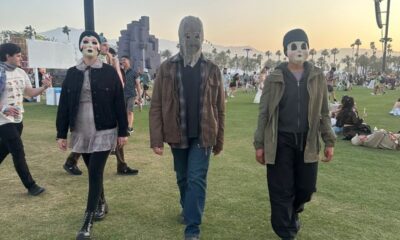
 Movies7 days ago
Movies7 days ago‘The Strangers’ Invaded Coachella in Instagramable PR Stunt
-

 Movies6 days ago
Movies6 days agoAnother Creepy Spider Movie Hits Shudder This Month
-
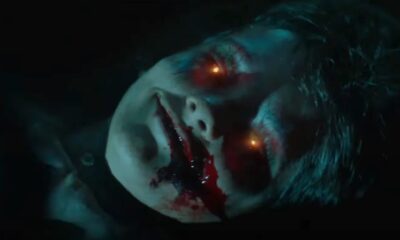
 Movies7 days ago
Movies7 days agoRenny Harlin’s Recent Horror Movie ‘Refuge’ Releasing in U.S. This Month
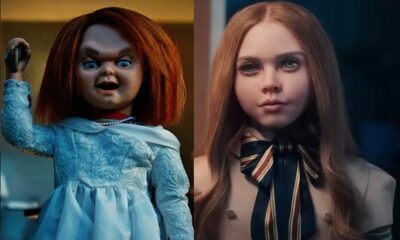

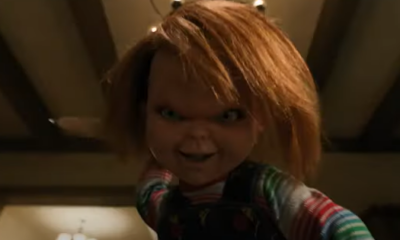

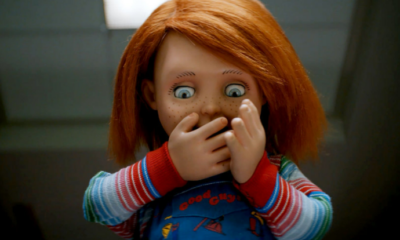



















You must be logged in to post a comment Login